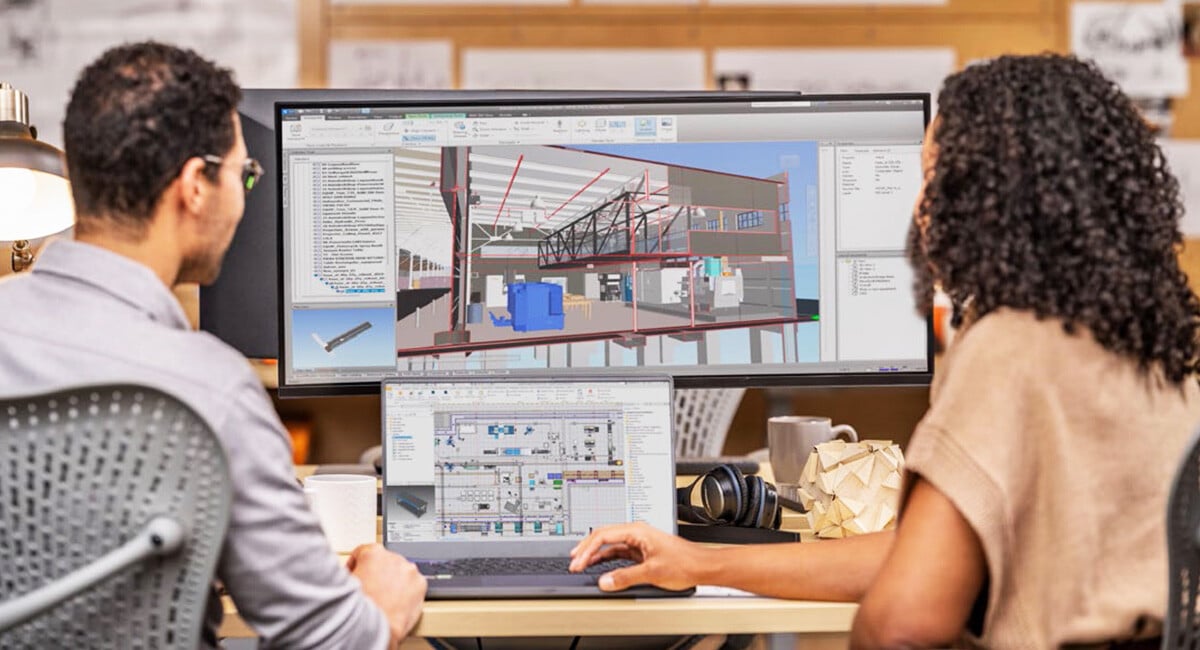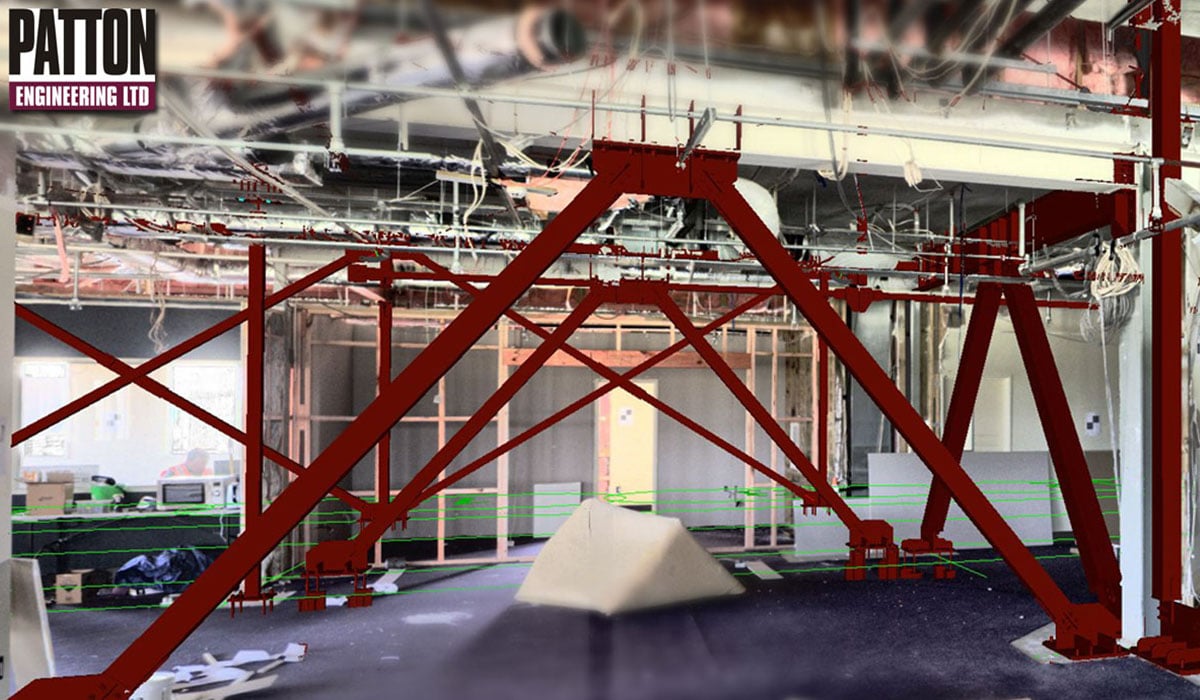
Steps to Success and Value Realisation
The meteoric rise of artificial intelligence (AI)in the past months has created a tectonic shift in various aspects of industry and society. While AI and neural networks have been around since the 1950’s, the emergence of Generative AI with ChatGPT made AI accessible, tangible and useful for vast numbers of organisations and people.
Original Source - Autodesk Construction Cloud
"Over the next five to 10 years, AI and construction is going to be all about augmenting people, making people more efficient, making them smarter, and making their lives better." - Pat Keaney, Director of Product Management, Intelligence at Autodesk Construction R&D
Joint research by Deloitte and Autodesk found that 30% of surveyed construction businesses in key Asia Pacific markets are currently using AI and Machine Learning (ML), while 38% plan to do so in the future.
According to Accenture Research, applying AI could lead to profit increases by 71% for the construction industry by 2035.2 AI and advanced data analytics technology could bring cost savings of 10% to 15% for construction projects.
In light of the sector’s ongoing challenges around the capacity to deliver projects, and deliver them on time and within budget, as well as the high number of construction business insolvencies in recent years, it is imperative for the industry to embrace solutions that can address long-standing issues.
We will explore the top use cases of AI in construction and how they benefit construction projects. We will explain why managing data in a Common Data Environment is the critical backbone for successful AI integration. The success stories and insights from Asia Pacific construction industry leaders will provide further guidance on the key opportunities in AI.
Understanding AI, Machine Learning, and Deep Learning in Construction
The rapid growth of AI marks a transformative era in business, with almost every industry embracing its potential. Yet there remains a lot of misconceptions around AI – so what is it and what role can it play in construction?
Before diving into the subject, let’s ensure we cover the basics, especially if you’re not yet familiar with AI, machine learning, and deep learning. These terms are often used interchangeably, but they have distinct meanings.
Firstly, artificial intelligence (AI) is a broad field in computer science focused on creating smart machines capable of performing tasks that typically require human intelligence. These tasks include learning from experience, recognizing patterns, and understanding natural language.
Machine learning is a subset of AI. Simply put, it involves machines learning and predicting outcomes on their own. Instead of being explicitly programmed, machines use algorithms to analyze data and make predictions. For instance, a machine
can determine when it needs preventive maintenance based on its data analysis.
Deep learning, a subset of machine learning, involves teaching machines to learn and make decisions using artificial neural networks, specifically deep neural networks (DNN). Deep learning excels at handling large volumes of complex data.
So what can these technologies do for construction?
Practical Applications of AI and Their Benefits to Construction Projects
As the certified game changer in the construction industry, AI can significantly increase profitability and dramatically reduce project costs. The tangible benefits of AI primarily centre on the following areas:
Radical efficiency gains. Whether it’s rapid iterative design and analysis, automated takeoff, or getting access to all project data, AI frees up time from non- optimal work. Project teams can devote more energy to high-order activity that involve creative and human judgement.
Early prevention of construction risk. The best way to mitigate project risks and issues is to prevent them from happening in the first place. AI-powered intelligent" "tools can surface the right information sooner rather than later. By identifying and preventing problems during the early stages of the project, construction firms can avoid costly issues downstream.
Improve everyday decision-making. Teams are armed with the information they need to make informed, timely decisions to minimise project risks or achieve desired project outcomes.
Let’s deep dive into the practical applications of AI in construction projects and share a few examples of
AI-enabled capabilities already available in Autodesk Construction Cloud for construction firms to utilise today.

Assess and Reduce Risk
Inadequate risk identification and allocation increase the likelihood of project delays, cost overruns and financial losses, undermining the industry’s ability to meet demand and deliver projects efficiently.
One of the truly amazing capabilities of AI in construction is it can identify risks before they happen. This helps humans increase awareness of potential pitfalls and figure out how to prevent problems from arising.
AI and machine learning can anticipate problems, measure their impact, and use predictive analytics to help you reduce construction risks.
Powered by Autodesk AI, Construction IQ sifts through data collected in the Autodesk Construction Cloud platform --including issues, observations, subcontractor assignments, related metadata, and historical data — to analyse, identify and prioritise risk factors each day. Using predictive insights from Construction IQ to mitigate risks in design, quality, safety or cost, project teams can resolve issues before they have a cost or schedule impact downstream. These AI-powered capabilities have the potential to help construction managers streamline their workflows and prevent problems.
“We’re also leveraging AI to automatically identify root causes of RFIs and to continuously identify high risk issues by tracking progress, predicting safety incidents, etc. This stuff is happening literally every single day in construction.” - Pat Keaney, Director of Product Management, Intelligence at Autodesk Construction R&D

Increase Productivity
According to Infrastructure Australia’s Market Capacity 2023 Report, productivity in the construction sector has stagnated for over 30 years.
While many construction processes are highly manual, incorporating AI will automate everyday workflows such as updating schedules, entering costs, and creating RFIs. By removing these repetitive, menial tasks, AI can help improve productivity, freeing up workers to focus on more complicated tasks.
Photo Autotags
Every construction project collects several thousand photos. While the value of photos is understood, how do organisations keep up with managing photos so project teams can find relevant photos when needed? It is an impossible task to do manually because the photos keep streaming in.
Now, all photos captured in Autodesk Build are automatically tagged with up to 50 critical elements and categories. 86% of all photos in Autodesk Build have one or more tags. Custom tags are still available so project teams remain in control of all tags.
AI in the form of language models will have an impact on tasks like writing up tenders, specifications and operational method statements, helping make these complicated documents easier to understand with the added capability to summarise documents, pull out data and derive insights. This will ensure workers are aware of all relevant information to eliminate oversights, delays or miscommunication errors.
Automatic Symbol Detection
For years, estimators have preferred to do paperbased estimation using 2D plans and spreadsheets. Early digital takeoff tools did not make that process efficient enough for digital transition to be attractive.
Now, instead of a user having to manually select and count all symbols, Autodesk Takeoff can automatically find all similar symbols. The estimator remains in control - it is like having an assistant do the mundane work so they can review and edit if needed. Not only is the data captured, quantity takeoff is now faster and less error-prone.

Improve Sustainability
Generative Conceptual Design is being used today to do energy analysis and to estimate embodied carbon. Autodesk research showed us that as much as 70% of the decisions that impact sustainability of a project are decisions that are made during conceptual design. By the time you get to construction, there is very little you can do to improve the embodied carbon.
The Autodesk Forma conceptual design tool looks at framing and the concrete slabs and attempts to distribute pillars and floors in a structurally sound manner based on criteria defined by the Design teams. This provides organisations accurate estimates of these materials and, in turn, estimates for embodied carbon.
Attract a Tech-Savvy Workforce
Infrastructure Australia has predicted a shortage of 229,000 full-time infrastructure workers in October 2023, with shortages expected in all occupational groups.
The main reason for businesses delaying the adoption of digital technology is a lack of digital skills in the workforce, with 44 per cent of businesses reluctant to integrate new technology simply because workers did not know how to use the software or tool.
With the advent of AI in construction comes the same trepidations about emerging technologies, but once mastered, workers will have the skills and confidence to utilise AI and other related digital technologies. Not to mention, there will be an emergence of new roles in the sector that are directly linked to the development and implementation of AI for construction purposes, unlocking more jobs for new workers and reskilling opportunities for existing ones.
“AI will definitely take the construction industry in 2024. AI will be the assistant project manager that predicts problems, offers real-time insights, decision support, and keeps the budgets on track. Equipment powered by AI will be thing, like CCTV AI that predicts the risks in the construction site and maybe wearables that monitors and tracks the team in every move. With the help of generative AI, designs will come straight out with a simple click. And Digital Twins will be integrated with AI that provides automated predictive analysis and modelling and clash detection.” - Mark Jason Villanueva, Corporate BIM Manager, Newcon Builders Pte. Ltd.




.png)
.png)
